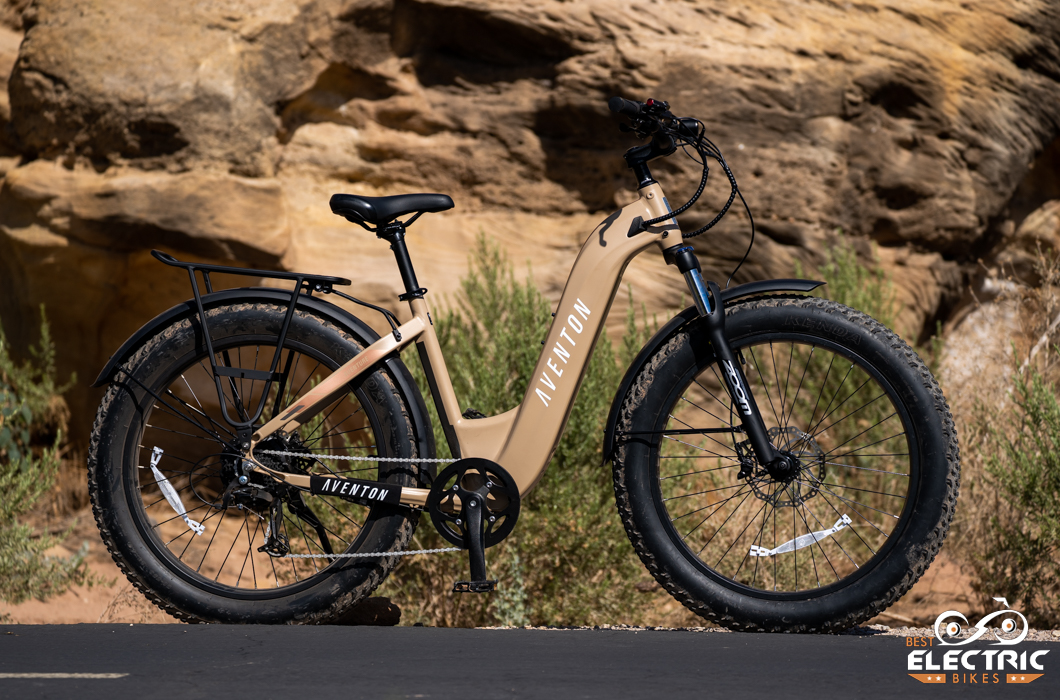
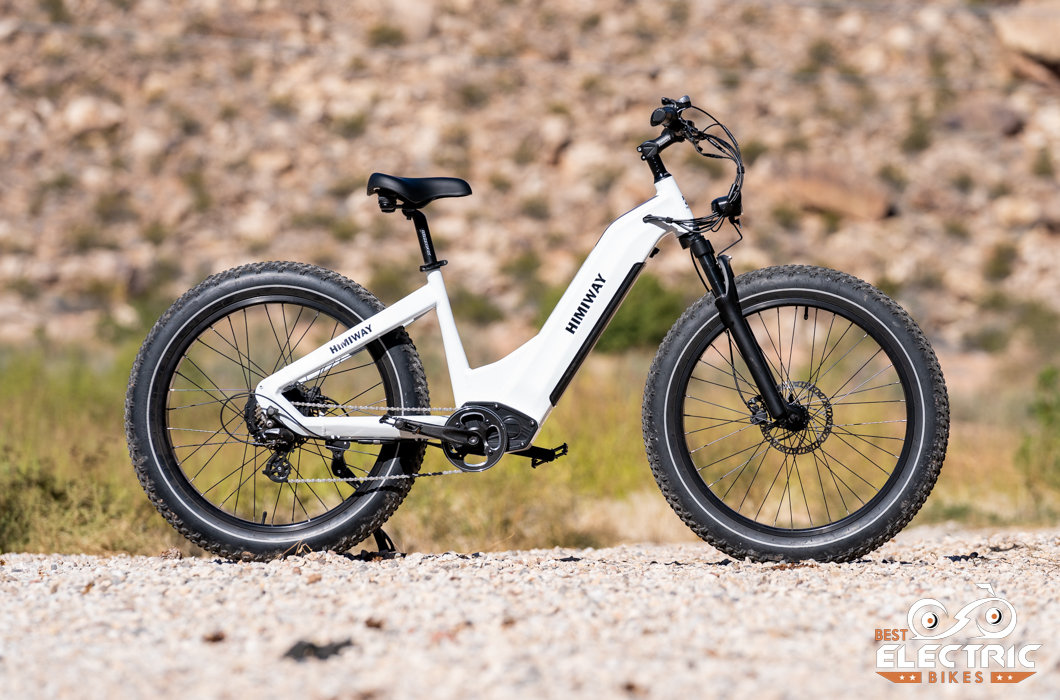
Welcome to our new series of posts where we compare and contrast two similar e-bikes. A common dilemma in purchasing an e-bike (or anything, really) occurs when someone has narrowed their choices down to two candidates and then they struggle to pick a winner. Our series will help people weigh their options.
It’s worth noting that our series won’t pick winners and losers. This is about either/or. In our matchups here at Best Electric Bikes we will be looking at two equally winning e-bikes and why someone would choose one instead of the other. Put another way, this isn’t Coca-Cola vs. celery seltzer or even Coke vs. Pepsi. It’s Star Wars vs. Star Trek; both are great, but we all have our faves.
For our first matchup we’re looking at two of the more popular fat-tire e-bikes on the market, the Aventon Aventure and the Himiway Zebra. Let’s start with the basics: We’re comparing these because both e-bikes are built with 750W hub motors, 4-in.-wide tires, suspension forks and hydraulic disc brakes. Both bikes offer riders the kind of versatility necessary to commute to work, run errands and explore natural-surface trails and roads.
So while these two e-bikes are quite similar, they do have some notable differences that make one or the other more appropriate based on a rider’s needs.
Key Specs of the Aventon Aventure vs. Himiway Zebra
| Aventon Aventure | Himiway Zebra | |
| Class | 2 or 3 | 3 |
| Motor | 750W hub motor | 750W hub motor |
| Battery | 720Wh | 960Wh |
| Drivetrain | 8-speed Shimano Altus | 7-speed Shimano Altus |
| Brakes | Hydraulic disc, 180mm rotors | Hydraulic disc, 180mm rotors |
| Notable features | Torque sensor 2 sizes traditional frame 2 sizes step-thru frame |
Traditional frame and step-thru frame |
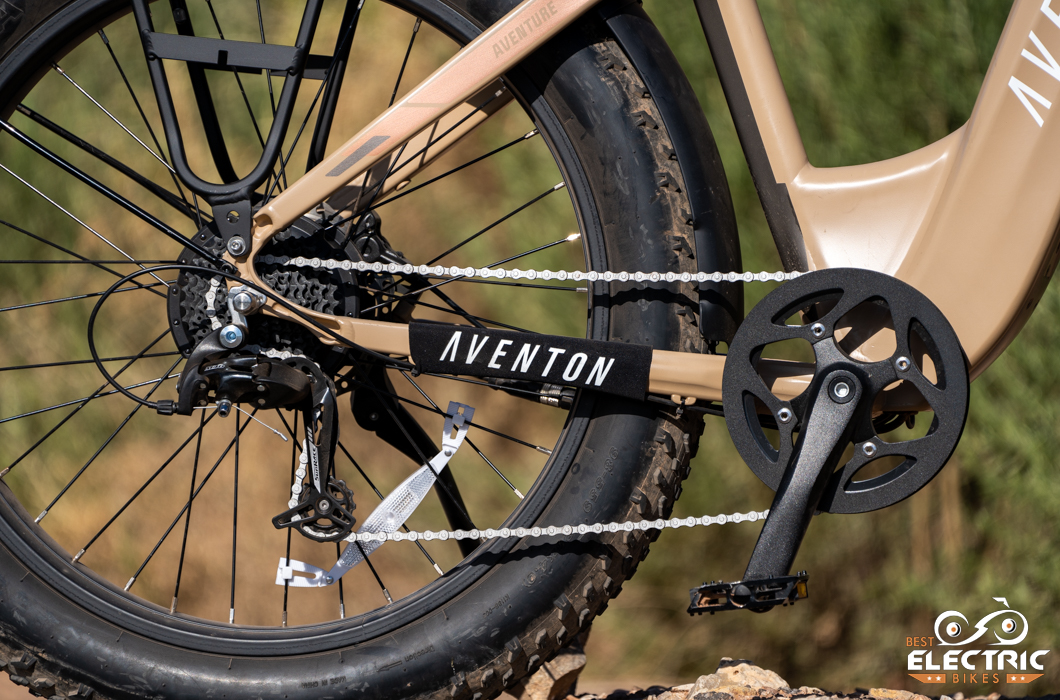
What we like about the Aventon Aventure:
- Natural ride feel and responsive motor. The Aventure comes equipped with a torque sensor, which means that the motor kicks into gear the moment the rider begins pedaling, with no lag. The torque sensor also applies power in proportion to how hard the rider pedals so that when someone backs off on their pedal power, the e-bike will begin to slow.
- Expanded gear range. Riders who will encounter steep hills will appreciate the wide-range 8-speed drivetrain which will make the hills easier to pedal. Once unlocked, the Aventon Aventure can reach a maximum pedal assist speed of 28 mph, thanks in part to its 48×12 high gear.
- Rock-solid handling. An e-bikes geometry matters and at speed, the Aventon Aventure has confidence-inspiring handling. It makes going fast feel good.
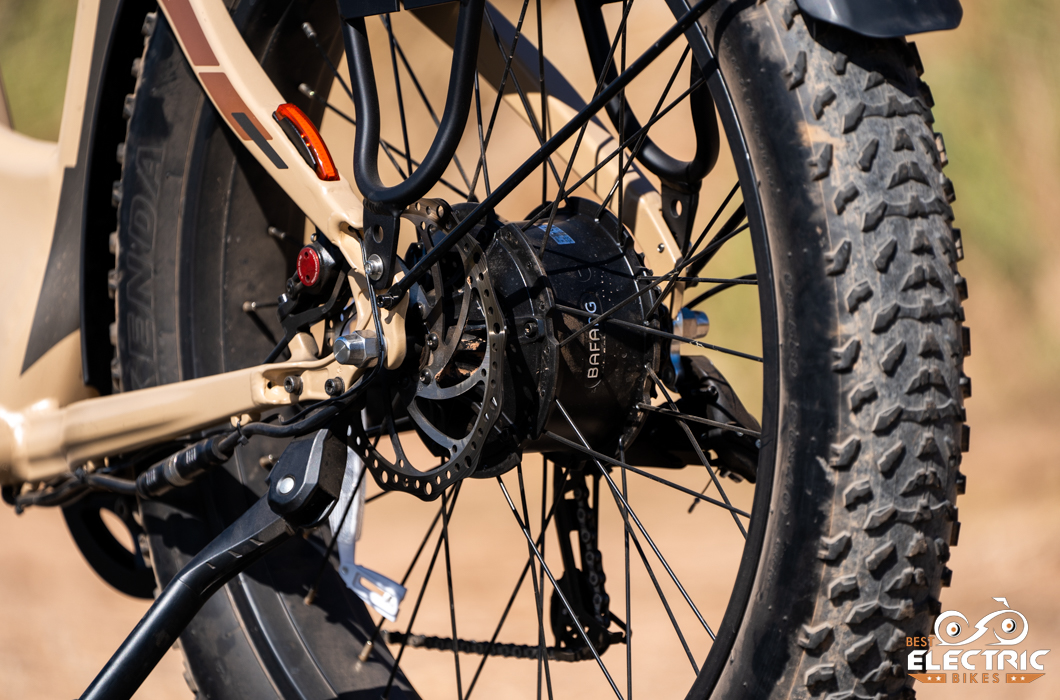
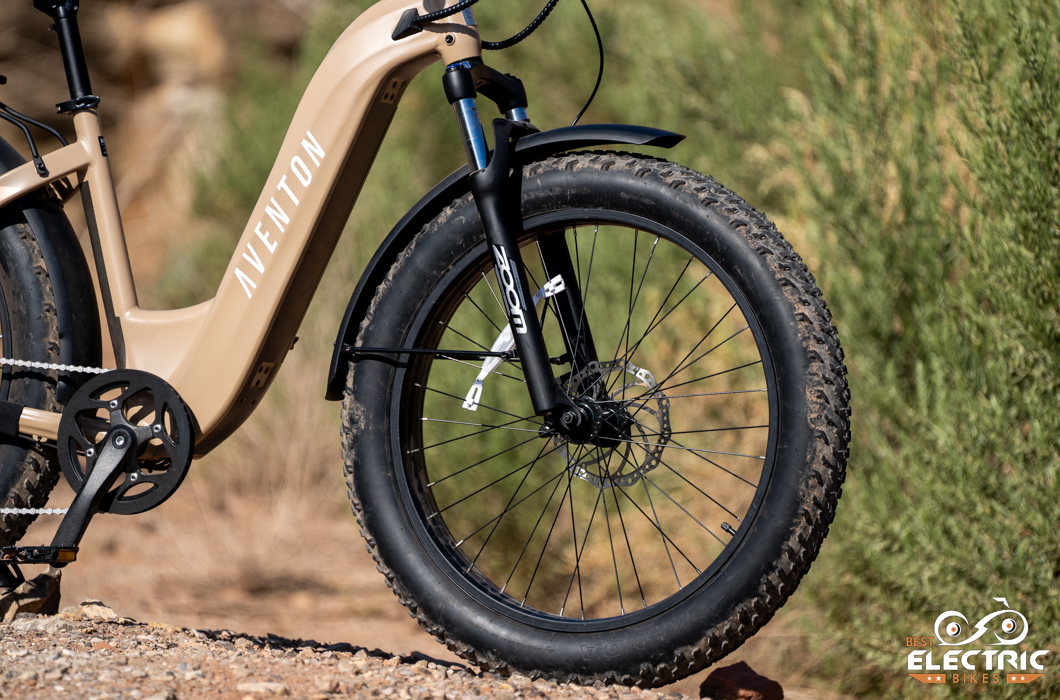
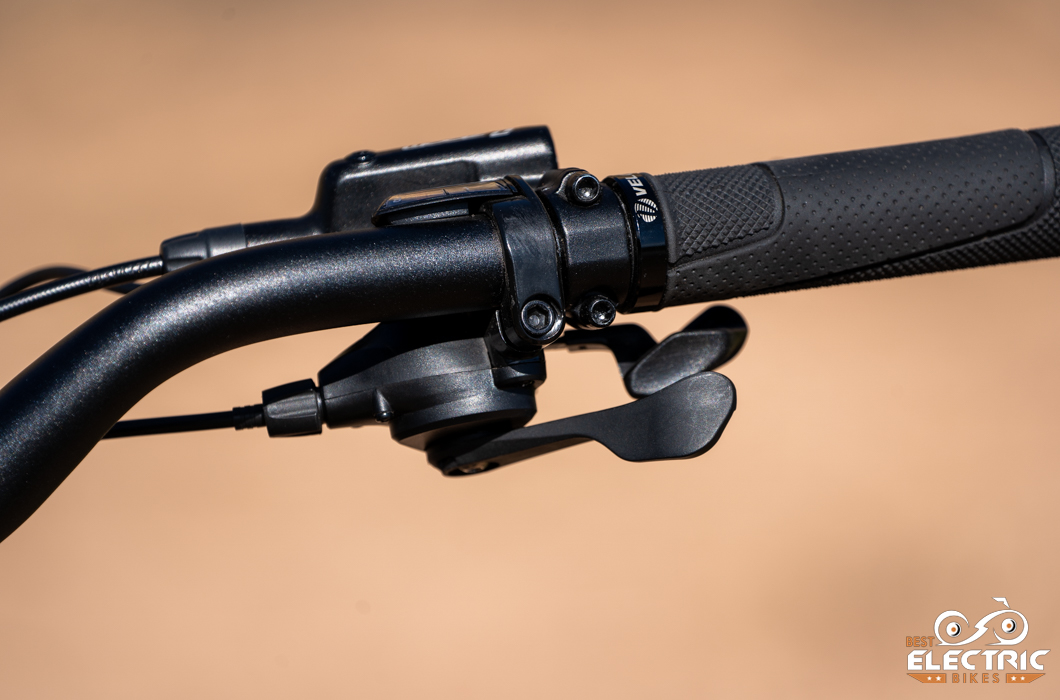
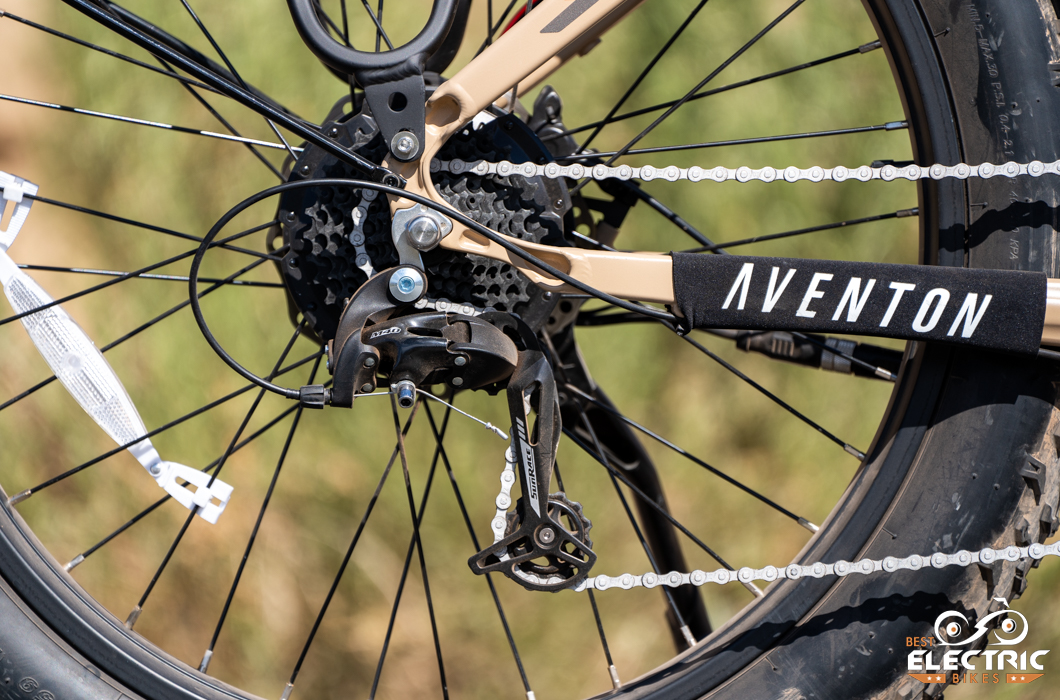
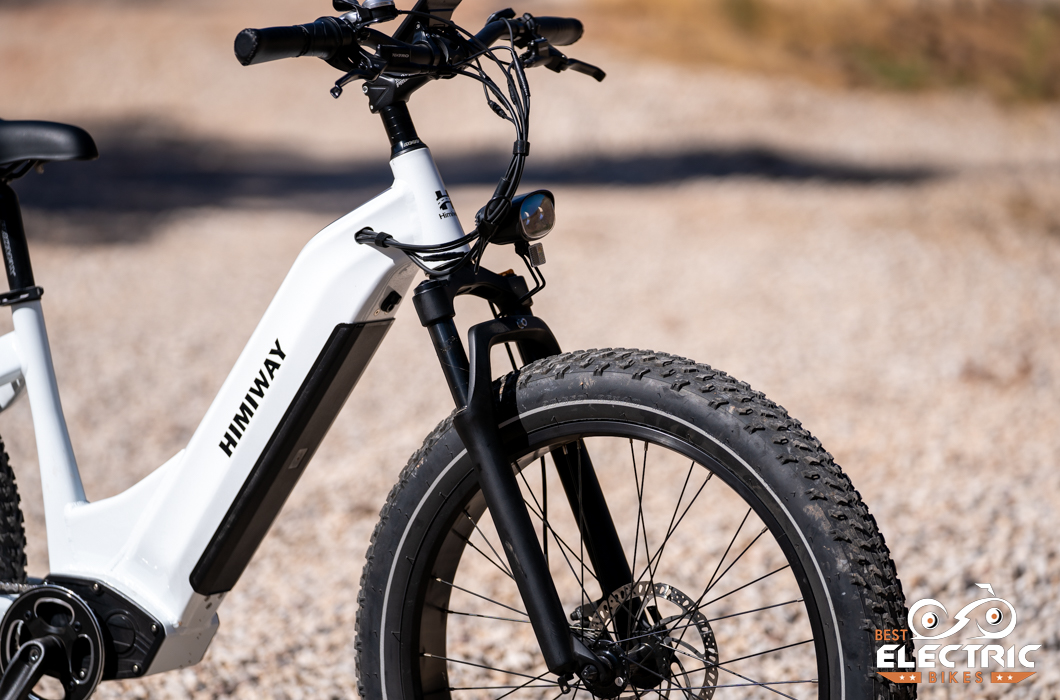
What we like about the Himiway Zebra:
- It’s equipped with a powerful motor with great acceleration and the ability to help on hills; riders appreciate the 86Nm of torque this 750W brushless, geared hub motor produces.
- It’s great for anyone who wants to get some activity, but who doesn’t want to drip with sweat.
- It has options fro eye-catching paint. Himiway’s special-edition California and Florida paint schemes turn heads.
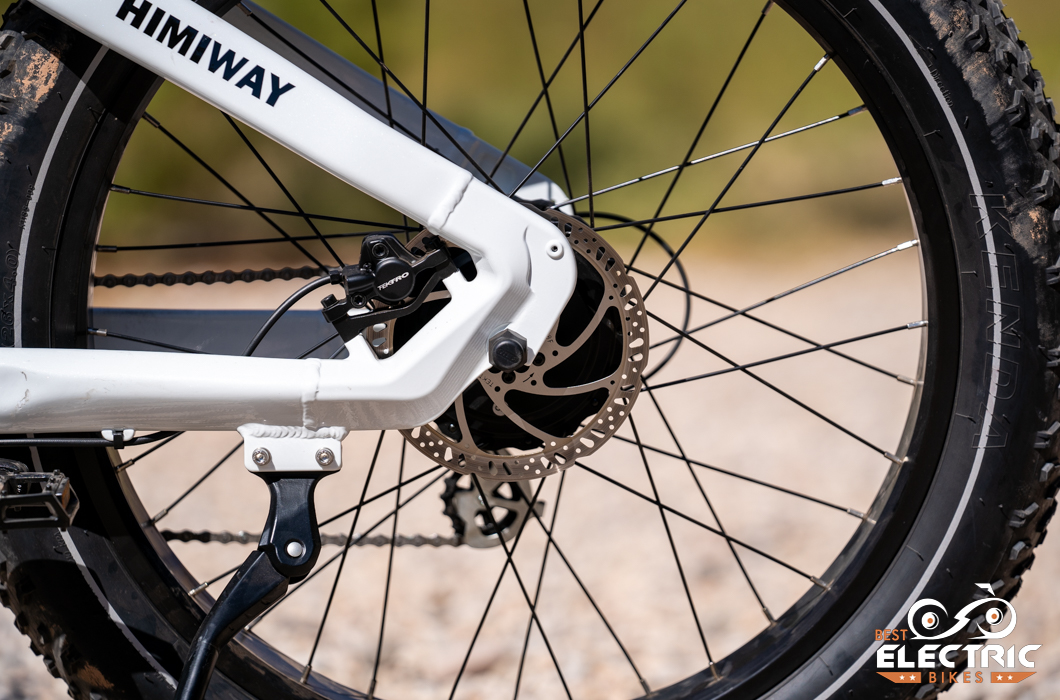
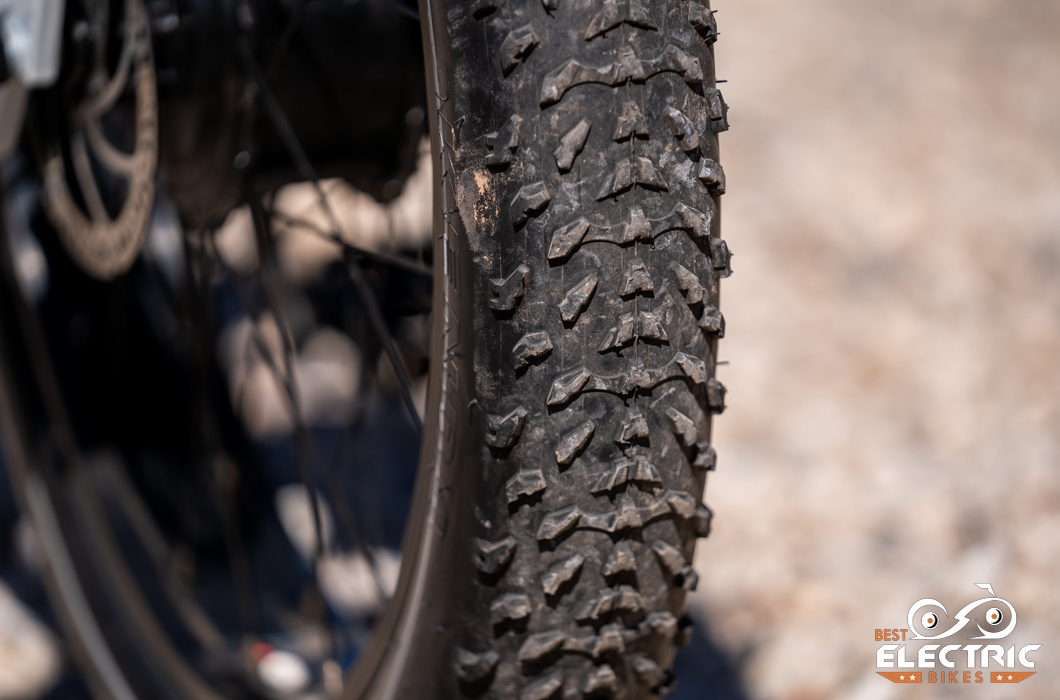
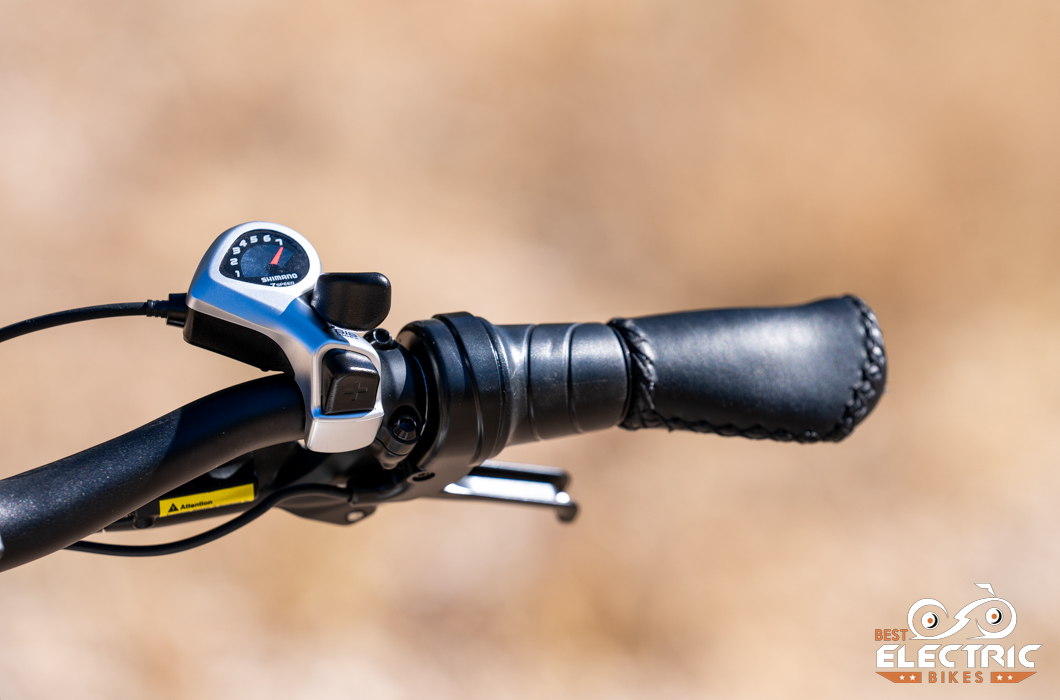
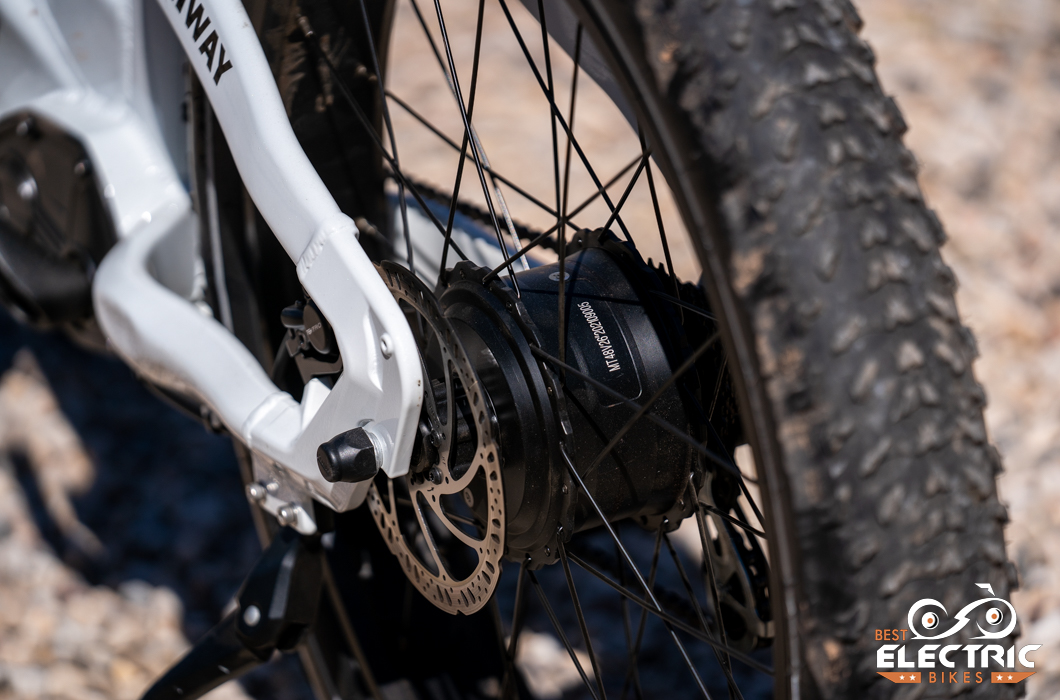
Conclusion
The clearest difference between the Aventon Aventure and the Himiway Zebra is in how the controller sends power to the motor. With the Aventon Aventure, the torque sensor makes pedaling a reasonably seamless experience, giving riders a superhero sense of power. When the rider pedals harder, the motor dishes out more power.
With the Himiway Zebra, a cadence sensor governs the motor’s action. There’s a slight delay before the motor kicks in, but to go faster, the rider need only increase the PAS level. The Zebra allows riders to do what we call “ghost pedaling” which is the ability to pedal very lightly and still accelerate up to a good cruising speed. With a cadence sensor, as long as the pedals are moving, the motor will turn. Such a setup is perfect for someone who wants to move, but doesn’t want to suffer.
These two e-bikes are quite similar in a number of ways. Both are solid performers relative to their cost. The difference between the experience the torque sensor offers in the Aventon Aventure and the cadence sensor in the Himiway Zebra is what really separates these two e-bikes. One is not better than the other; they are simply different. We expect that the rider who wants the more active, athletic experience will appreciate how the torque sensor changes the pedaling experience.


Leave a Reply